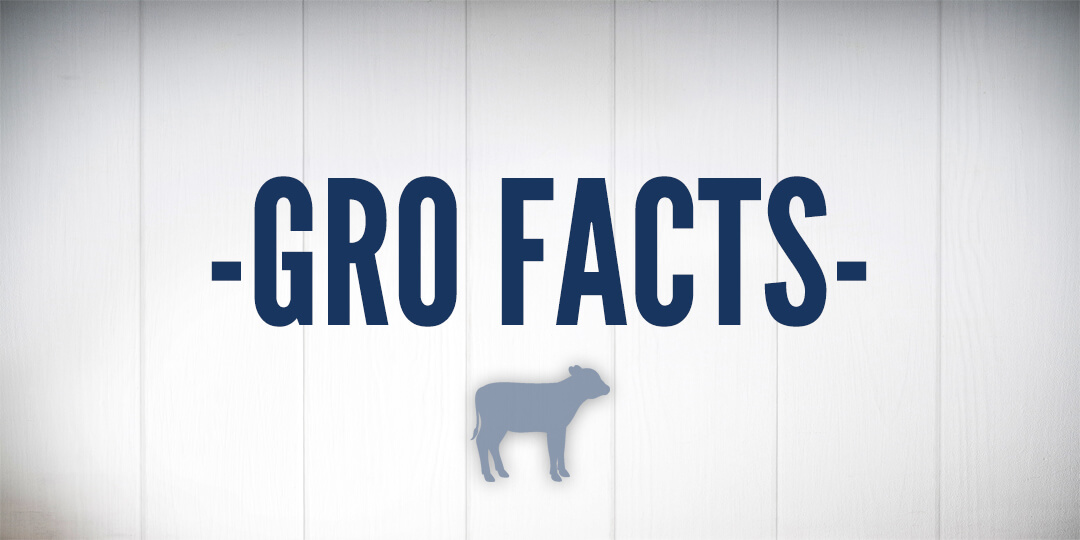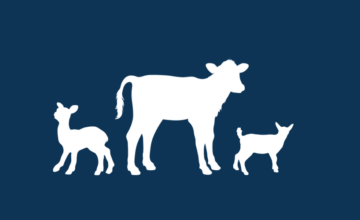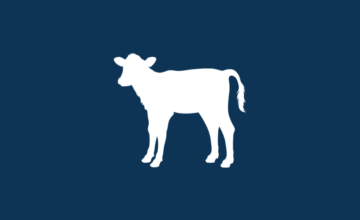New Year’s Resolutions – Not You…Your Calves!!
- Jan 13, 2015
- By Grober Nutrition
- In Canada, USA
It’s that time of year again! Along with the cold weather and warm fires, winter brings New Year’s Resolutions. Set (and keep) some New Year’s Resolutions for your calves!
Calving
The calving process is extremely influential on the success of the calf in early life. Dystocia or difficult calving frequently results in:
- A 20x increase in stillbirths
- A 2x increase in respiratory disease
- A 6x increase in pre-weaning mortality
The prevalence of stillbirths in Canada is 12% in heifers and 6% in 2+ lactation cows. Keep in mind that the size of your heifer at calving (roughly 22-24 months and 85% of mature body weight) is not her full size and the feto-pelvic proportion is much more likely to cause a difficult calving. Keeping a close eye on your calving dams gives you the chance to assist her if she is in trouble, and may help avoid an unnecessary still birth. 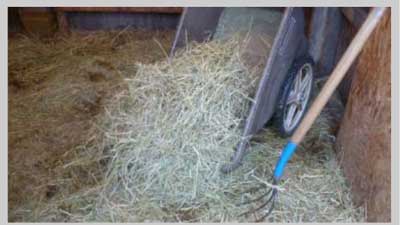 The maternity area is the first environment the calf will experience once being born. This is the most vulnerable period of the calf’s life, as it has an undeveloped immune system. Crowded or dirty maternity pens can result in high pathogen exposure to the new born calf and increase the likelihood of disease intubation in the calf. The clean patch of the maternity pen that the calf is on at the moment might not be where the wobbly legged new born face plants trying to get up, so it is important to have a fully cleaned maternity area.
The maternity area is the first environment the calf will experience once being born. This is the most vulnerable period of the calf’s life, as it has an undeveloped immune system. Crowded or dirty maternity pens can result in high pathogen exposure to the new born calf and increase the likelihood of disease intubation in the calf. The clean patch of the maternity pen that the calf is on at the moment might not be where the wobbly legged new born face plants trying to get up, so it is important to have a fully cleaned maternity area.
RESOLUTIONS
- Considering the calf’s extreme susceptibility to pathogens, a clean maternity pen (well bedded and dry) will act as a barrier between the pathogens in your barn and the calf.
- Incorporate the Calf Vigor Scoring system, developed by Drs. Christine Murray & Ken Leslie into your maternity pen management – bring that calf from zero to hero! The VIGOR score uses easily observable and measurable signs that indicate stress in the new born calf such as swelling, respiration rates, meconium staining and initiation of movement to name a few. More information and full scoring system available: http://www.saskatooncolostrum.com/english/Article/Details/10042_THE-COLOSTRUM-COUNSEL–Effects-of-Calving-Difficulty-on-Newborn-Calf-Vigor.html In the incidence of a difficult calving, the Calf Vigor Scoring system highlights recovery steps that increase the chances of your calf’s survival, such as respiratory stimulants, body temperature recovery aids and appropriate pain management with NSAIDS
- Breed selectively to help out your heifers by sire selection for easy calving!
- Monitor your maternity pen at all hours without having to get frost bite at 2AM this winter with a barn camera! (you can get wireless or cable form, hooks up to a monitor in the house – turn on the TV!)
Colostrum
It is well known that colostrum is the provider of invaluable immunoglobulins for the calf. Aside from immunoglobulins, colostrum provides essential amino acids, lipo-soluable vitamins, growth hormones and growth factor hormones, high concentrations of fats and proteins as well as lining the leaky gut and warming the calf up. 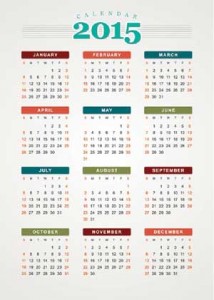 The sooner the calf receives colostrum, the more available the contents of the colostrum will be to the calf, as the gut will be most open for absorption within 4hrs of birth. Providing adequate colostrum is not measured in volume, but by immunoglobulins concentration through maternal transfer. Each calf should be offered 200g of IgG. Depending on the quality of colostrum, the volume may vary a little. Rough estimate is to offer 10% of the calf’s body weight of quality colostrum from a bottle within 4 hrs of birth…but if that calf still wants to drink, let it! Allowing the calf to suckle from a clean bottle before resorting to the esophageal tube feeder to deliver colostrum ensures the colostrum goes directly to the abomasum where it belongs and promotes suckling for the next meal! Colostrum development by the cow begins roughly 5 weeks (35 days) prior to calving. If the dry period is shorter than this length of time, the colostrum quality will be affected. The dry cow environment and ration are important to monitor, as both impact the quality of the colostrum and calf they will produce. Each cow produces colostrum of varying quality. 24% of the time, the colostrum produced has too few antibodies to provide the calf with adequate protection. The longer the cow waits to get milked after calving, the more diluted the colostrum becomes. By 6 hours after the calf is born, the colostrum quality is decreased by 20%.
The sooner the calf receives colostrum, the more available the contents of the colostrum will be to the calf, as the gut will be most open for absorption within 4hrs of birth. Providing adequate colostrum is not measured in volume, but by immunoglobulins concentration through maternal transfer. Each calf should be offered 200g of IgG. Depending on the quality of colostrum, the volume may vary a little. Rough estimate is to offer 10% of the calf’s body weight of quality colostrum from a bottle within 4 hrs of birth…but if that calf still wants to drink, let it! Allowing the calf to suckle from a clean bottle before resorting to the esophageal tube feeder to deliver colostrum ensures the colostrum goes directly to the abomasum where it belongs and promotes suckling for the next meal! Colostrum development by the cow begins roughly 5 weeks (35 days) prior to calving. If the dry period is shorter than this length of time, the colostrum quality will be affected. The dry cow environment and ration are important to monitor, as both impact the quality of the colostrum and calf they will produce. Each cow produces colostrum of varying quality. 24% of the time, the colostrum produced has too few antibodies to provide the calf with adequate protection. The longer the cow waits to get milked after calving, the more diluted the colostrum becomes. By 6 hours after the calf is born, the colostrum quality is decreased by 20%.
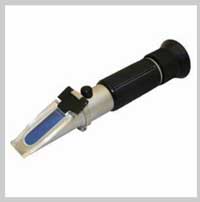 RESOLUTIONS
RESOLUTIONS
- Test your colostrum! Brix Refractometers are quite accurate in determining the density of the colostrum. Adequate density is anything over 22%, this will help to ensure the calf is getting the protection they need.
- Knowing the gut is open to passive antibody transfer, it is also indiscriminate (will accept lethal pathogens alongside lifesaving antibodies). Keeping the collection vessels, feeding utensils and your hands clean by washing with detergent will help protect your calves from friendly fire.
-
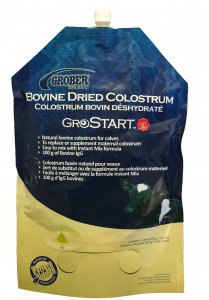 Milking the dam within 4 hours keeps her colostrum potent and provides it to the calf in a timely fashion! Consider freezing high quality colostrum in sterilized containers as a backup when either time of calving or status of the dam may make milking difficult in the 4 hours after calving. Do not microwave the colostrum, but allow to gently thaw in a hot water bath.
Milking the dam within 4 hours keeps her colostrum potent and provides it to the calf in a timely fashion! Consider freezing high quality colostrum in sterilized containers as a backup when either time of calving or status of the dam may make milking difficult in the 4 hours after calving. Do not microwave the colostrum, but allow to gently thaw in a hot water bath. - Calf’s Choice Total – the ever ready cow! This premium colostrum replacer is another great source of disease free, broad coverage concentrated immunoglobulins. Simply follow mixing directions and feed within 2 hours of birth.
- Uncrowded pens and well-fed cows will help promote colostrum production and calf development – a minimum of 35 days dry to ensure she has enough time to produce her best colostrum
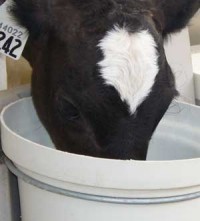
- The more I drink, the more I drink, the more I drink! If your calf is still interested in suckling after drinking 10% of its body weight, LET IT KEEP DRINKING. Some will drink up to 5L in this first meal…this is OK. The calf may not drink again for a feeding of two, but that large meal will give it the energy and the antibodies it needs to protect it during that period – not to worry. If you need to tube the colostrum, do not exceed 10% of the calf’s body weight within one feeding.
GroStart: Is a premium colostrum supplement that prevents Failure of Passive Transfer of immunity from cows to calves. Contains antibodies against a wide variety of common infectious organisms, including: Escherichia coli (E.coli), Bovine Rotavirus and Coronavirus, Bovine Viral Diarrhea Virus (BVDV), Bovine Respiratory Syncytial Virus (B RSV), Bovine Parainfluenza Type 3 Virus (PI-3V), and Bovine Herpesvirus-1 (B H V-1).
Feeding – Brrrrrrr-ing me more milk!
Although calves are born with very little energy reserves, they have the capacity for extremely rapid and efficient growth. Calves are born with only 3-4% body nutrient reserves and show a lack of consistency in body temperature during the first few days of life. This suggests that young calves have difficulties coping with sudden changes in the temperature of their environment. Regulating the diet by increasing ingested calories per meal will help support stable thermoregulation. This chart shows the increase in energy needed to support thermoregulation in combination with sustained growth and development in milk fed calves.
| Suggested Winter Feeding Guide to Compensate for Increased Metabolic Demands while Maintaining Healthy Growth and Development | ||||
| Age | Body Weight | Milk replacer per day | Winter adjustment ambient temperatures 0°C to -10°C | % increase in feeding necessary to provide for winter basal metabolic energy demands |
| 1-2 Weeks | 45 kg | 950g (6.3L) | 1170g (7.8L) | 23% |
| 3-4 Weeks | 60 kg | 1120g (7.5L) | 1310g (8.7L) | 17% |
| 5-10 Weeks | 85 kg | 1350g (9L) | 1525g (10.2L) | 13% |
| *mixing ratio of 150g/L*recommend offering milk replacer at 41°C to calves in winter as will chill easily*for farm-tailored feeding schedules based on your management and feed, contact Grober Nutrition 519 622 2500 | ||||
What’s in the milk? As winter hardens over, the need for a calorie dense and easily digestible energy source, such as fat, becomes a useful feeding modification to keep calves growing and developing efficiently. This is especially significant during bouts of scours or pneumonia, which may lead to prolonged duration of illness and treatments.
RESOLUTIONS
- Offering more milk as it is needed will help avoid seasonal changes in calf performance. This chart is an easy guide for increasing energy allotment for calves.
- Feeding more milk is better used as an extra meal, not just larger meals! The feed is more efficiently utilized and the warm milk will warm the calf from the inside out.
- Upgrading to a winter milk replacer with higher fat will help get calves through the cold periods.
Housing – do I still have ears?
Thermoneutral zone of calves: 0 – 4 weeks (below 10°C) 4 – 10 weeks (below 0°C) 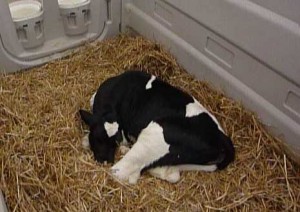 When calves experience cold stress, their capacity for growth and development is rapidly diminished as so much of their ingested energy is diverted towards maintenance of body temperature. Exposure to the elements, especially wind and precipitation, increase the chances of experiencing cold stress. Bedding is an important tool for keeping calves dry and warm. When calves bundle in deep straw, they are able to create a warmer immediate environment by up to 5°C. Overcrowding calves in group environments can be an opportunity for the spreading of respiratory disease, especially with potentially reduced ventilation in the winter months. Providing good ventilation with indoor housed calves all winter long is a balancing act between drafts and air quality. Humidity is also an enemy of calves. Getting the air quality in your calf barn right may take some work!
When calves experience cold stress, their capacity for growth and development is rapidly diminished as so much of their ingested energy is diverted towards maintenance of body temperature. Exposure to the elements, especially wind and precipitation, increase the chances of experiencing cold stress. Bedding is an important tool for keeping calves dry and warm. When calves bundle in deep straw, they are able to create a warmer immediate environment by up to 5°C. Overcrowding calves in group environments can be an opportunity for the spreading of respiratory disease, especially with potentially reduced ventilation in the winter months. Providing good ventilation with indoor housed calves all winter long is a balancing act between drafts and air quality. Humidity is also an enemy of calves. Getting the air quality in your calf barn right may take some work!
RESOLUTIONS
- Outdoor housed calves are more vulnerable to the elements. Consider getting a screen for the front of the calf hutch. These help block wind and precipitation, but still allow light and can even help warm up the hutch if the sun is out. Be sure to keep a vent open in the hutch with this addition – the air quality must be maintained.
- Indoor housed calves are more vulnerable to variations in air quality. Consider getting an air quality assessment for your barn. A wealth of expert knowledge exists with great ideas on how to optimize without breaking the bank. Keeping fresh air in the barn is a must.
- Deep bedding and minimum space requirement per calf of 25 ft2 are really important tools for helping calves stay warm, dry and healthy this winter – in all types of housing.
- Calf blankets and heat lamps are both really good warming aids for the neonatal calf!
Grober Nutrition
Recent Posts
Tags
Archives
- April 2024
- January 2024
- December 2023
- October 2023
- September 2023
- August 2023
- June 2023
- December 2022
- November 2022
- October 2022
- August 2022
- July 2022
- June 2022
- May 2022
- April 2022
- March 2022
- February 2022
- January 2022
- August 2021
- February 2021
- September 2020
- June 2020
- April 2020
- May 2017
- April 2017
- October 2016
- September 2016
- August 2016
- March 2016
- March 2015
- January 2015
- December 2014
- December 2013
- September 2013
- May 2013
- January 2013
- December 2012
- November 2012
- March 2012
- March 2011
- February 2011
- November 2010
- August 2010
- December 2009
- November 2009
- March 2009


